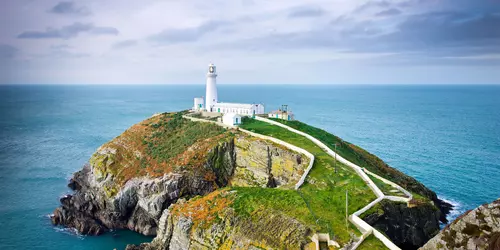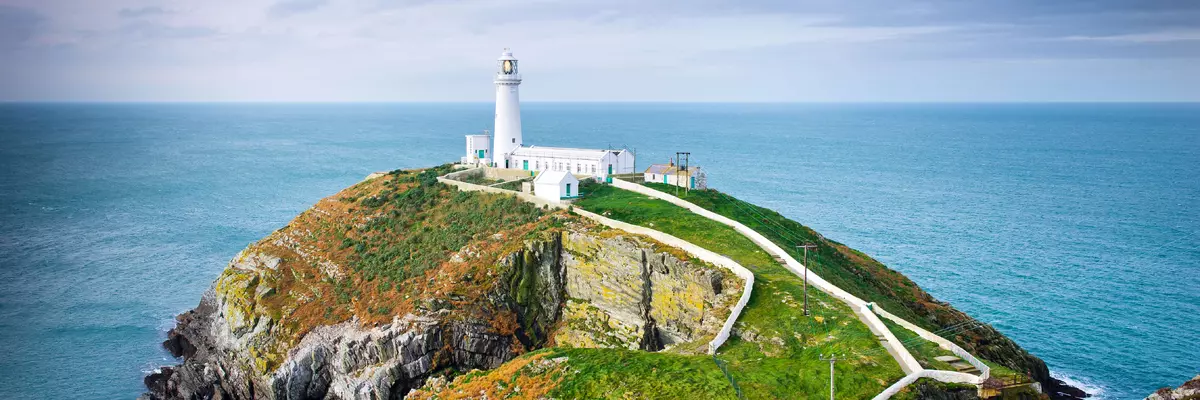The climate year of Wales
Wales is the smallest part of Great Britain. To the west of England the rugged country covers just over 20,000 square kilometers. It borders the Irish Sea to the north, the St. George Channel to the west and the Bristol Channel to the south. Extensive beaches and cliffs define the image of the more than 1200 kilometers long coastline. Extensive grasslands, moors and mountain ranges are characteristic of the predominantly hilly country. Wales is located in the temperate northern climate zone. It is the northern latitudes that cause the long summer days and the all the shorter winter days. The weather in the region, crossed by the Cambrian Mountains, is often indeterminate. Sometimes it rains, sometimes it is cloudy, sometimes the sun shines. Especially in the coastal regions, a rough wind usually blows. The summer months are warm but not excessively hot, the winter months rather mild. The mostly changeable maritime climate is accompanied by abundant precipitation. The amount of precipitation in Wales is significantly higher than in neighboring England.
General information about Wales
Wales is a beautiful country for those who enjoy hiking or mountaineering. Mount Snowdon, for example, often serves as a training ground for British Himalayan expeditions. There you can find several routes with different levels of difficulty. Those who prefer other activities could go canoeing, rafting, caving, or have fun in the high ropes course. Just outside Caernarfon there is a sports airfield. Here you can book your own flying lesson. or a sightseeing flight over the national park, even without previous experience. In total there are three national parks in Wales. The Snowdonia National Park, the Brecon Beacons National Park and the Pembrokeshire Coast National Park. In addition, large areas of Wales are designated as protected landscape areas. Those interested in historic buildings will find a veritable treasure trove here. In Wales you can visit numerous castles, some of which are very well preserved. There are many other buildings that bear witness to the turbulent history of this region. The neolithic tombs of Pentre Ifan, the Roman amphitheater in Caerleon, and the ancient sacred buildings of St. David's Cathedral, to name but a few. A visit to Holy Island with its impressive lighthouse is a must.
Tourism Wales
Wales is a country that can be visited all year round. However, the weather is relatively unpredictable. Within a few hours it can change completely. The coastal areas are much drier than the mountainous regions. Most precipitation falls in October to January, so most vacationers come in the warmer summer months. However, it can rain in Wales at any time of the year. On average, temperatures are around 20 °C. The ideal months to travel are from June to August. However, if you want to avoid crowded sights and congested roads, it is better to change your travel plans to May or September. At this time Wales shines in the picturesque colors of a warming mild sun.



